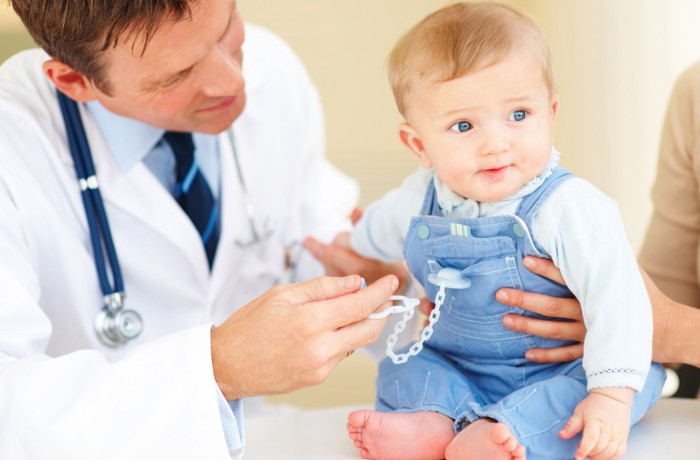In the article, we consider the structure of the children's clinic, its functions, tasks, main and auxiliary units.
Parents often have to deal with various illnesses in their child that accompany him during the period of growing up, and therefore a frequent and inevitable event for them is a visit to specialists of a medical institution. The organizational system and structure of the children's clinic are not clear to everyone.
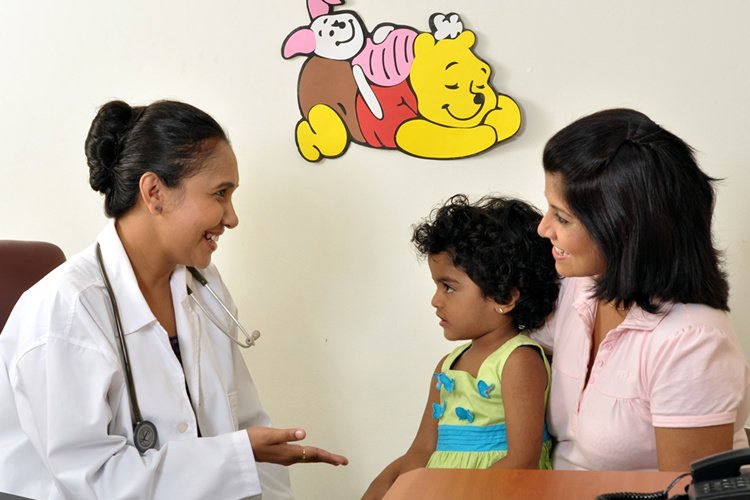
Clinic (from of the Greek words polys is a city, and clinica is the art of healing) is a highly specialized medical institution designed to provide medical care to healthy, sick children and adolescents until adulthood and to carry out a range of medical and preventive measures aimed at treating and preventing the development of diseases and their complications.
Definition of a medical institution
What is a children's clinic? The organizational structure of the children's clinic, the tasks and features of this outpatient prophylactic unit of the state healthcare system involve the provision of medical assistance to children from birth to adulthood. In this case, the main work should be directed not at the therapy of the child, but at the prevention of his diseases and timely medical examination.
The structure of the children's clinic does not allow active manipulations with small patients. There, for the most part, consulting and diagnostic assistance is provided. In certain cases, outpatient therapy in the clinic is also possible if the scheme prescribed by a specialist allows you to provide medical and other types of care provided that the children are in the day hospital and do not require round-the-clock monitoring of the patient's condition.
The institution is regulated by the Order of the Ministry of Health of the SR of the Russian Federation No. 56 dated January 23, 2007 “On Approving the Approximate Procedure for Organizing the Activities and Structure of the Children's Clinic” (order with additions).
Clinic functions
The main function of this government agency is to service children who do not need urgent hospitalization. In this case, the provision of services by medical personnel is carried out not only in the conditions of children's clinics. The structure and organization of work of the children's clinic guarantees the departure of patronage nurses and pediatricians at home.
In addition, the list of basic functions includes the implementation of preventive measures that are aimed at reducing the incidence among young patients. This can be achieved by arranging the organization of planned periodic examinations of children of all age categories. In this case, special attention is paid to children up to a year. Promoting a healthy lifestyle, timely anti-epidemic procedures reduce the risk of morbidity among children. Mass vaccination against infectious diseases is mandatory in accordance with WHO standards and guidelines.
The structure of the children's clinic also includes employees of specialized specialties who are able to provide primary diagnostic and advisory care to patients. Without fail, these doctors are an orthopedist, surgeon, neurologist, ophthalmologist and ENT specialist. For large organizations of the 1st and 2nd category, such specialized specialists as an infectious disease specialist, cardiologist, dentist, speech therapist, psychologist and others are assigned.In addition, the functional responsibilities of the medical staff employed in clinics for children suggest the organization of events that are aimed at preparing children for admission to kindergartens and schools.
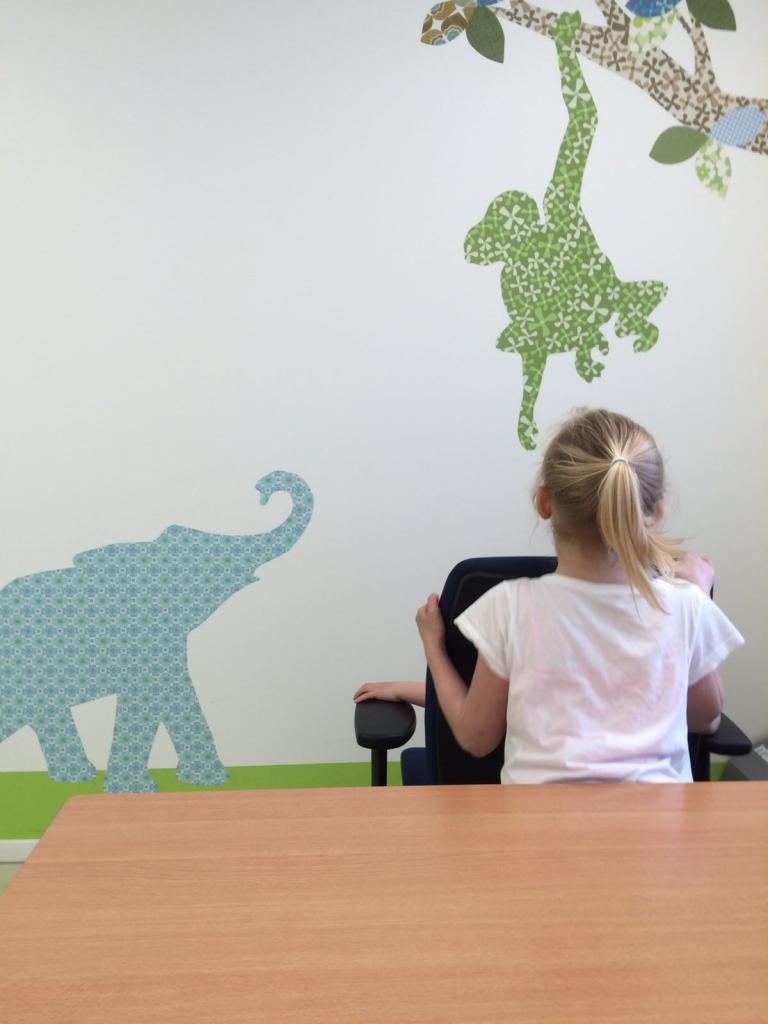
Objectives of the institution
In addition to the direct treatment of patients and the implementation of measures to prevent the development of diseases among children, polyclinic services work to provide expert and clinical reports. It is in this institution that examinations of the disability of adolescents and children (persistent and temporary) are carried out. Another important task is the correct execution of accounting, statistical and reporting documentation. To date, each clinic has a specific residential area. Pediatricians who are responsible for the territory entrusted to them must monitor the situation with the mental and physical development of children in their area, keep a record of children at risk.
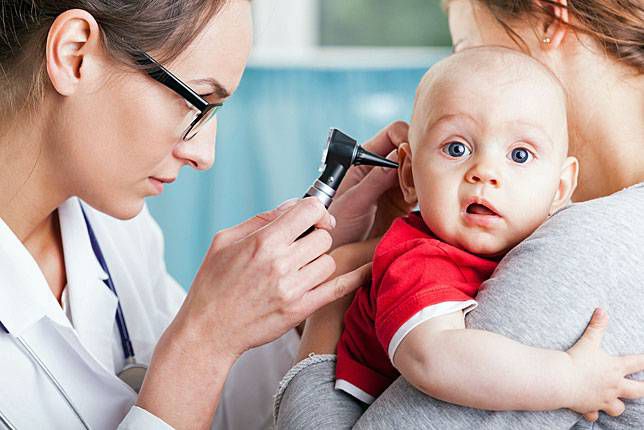
Categorization
The structure of the children's clinic, the principles of work and the tasks of each such institution directly depend on which category is assigned to it. These facilities are divided into five main categories. Such a division depends on the number of patients assigned to the institution to whom a particular clinic provides its services. In large cities, these are clinics of the 1st and 2nd category, which can accept up to 800 patients a day. At the same time, the organization and structure of the polyclinic of the first category rests on the shoulders of about 70 doctors, and the less frequent medical institution may contain up to 50 posts. These polyclinics are usually well equipped and have secondary services in the structure: physical therapy, a clinical laboratory, dental, radiological, massage, physiotherapy rooms, as well as a unit that works in the areas of psychological rehabilitation of babies.
Small institutions of the 4th and 3rd category can accept up to 500 children per day, no more than 40 doctors work in their staff. The least burden is assigned to institutions of the 5th category, where no more than 150 people come. This is most often clinics that are located in settlements with a small population. Such medical organizations have a small staff, represented mainly by specialists in general clinical practice (for example, a pediatrician).
We continue our acquaintance with the structure of the children's clinic.
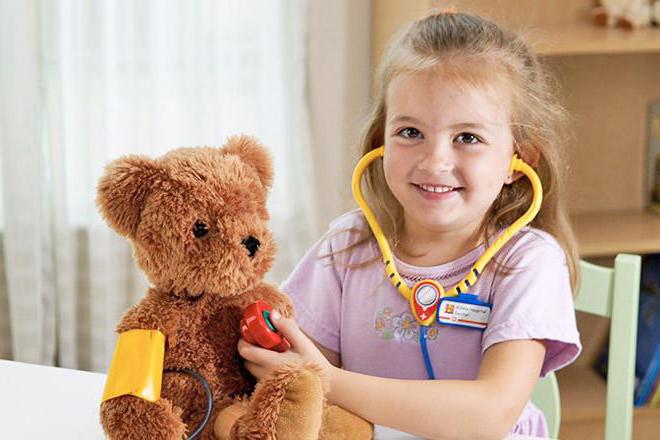
Work organization
Regardless of the category, the polyclinic for children must comply with state standards. The structure of the children's clinic includes the following departments:
- Management (chief physician). The administrative and economic part of the organization is subordinate to him.
- Information office, which includes a methodology room and a registry.
- Pediatric department, which is engaged in medical and preventive work (cabinet of a healthy child, district pediatricians, treatment room, vaccination room).
- Department of diagnostics and counseling (narrow-profile specialists, as well as facilities where children undergo physical procedures and diagnostic measures).
- Laboratory.
- Cabinet for work with preschool and school institutions.
- Emergency room.
- Day hospital.
The layout of the clinic involves the creation of separate entrances (at least two) to the medical facility so that sick and healthy children do not come into contact with each other.
Medical staff
The pediatric clinic is based on pediatricians. According to the standards, approximately 800 patients per specialist. In practice, this number is much larger, since there are always not enough qualified specialists (especially in villages and small towns). Within one hour of admission, the pediatrician needs to examine approximately 6 children, that is, the time that he is able to each of them is no more than 15 minutes.When leaving the house, he can spend a maximum of 30 minutes on one child.
When conducting a professional examination, the load of a specialist increases. Thus, in an hour he needs to receive seven patients. According to the staffing table, the pediatrician’s rate is one and a half nursing rates. Workers from the middle staff conduct a reception together with doctors, in the handling rooms carry out the prescribed procedures. Patronage nurses go to the newborns to provide assistance, counseling to young mothers and registration of babies.
The tasks and structure of the children's clinic are aimed at providing services to children in the first year of life. Before this age, a nurse and a pediatrician come to the baby weekly (alternately). Such measures help significantly reduce the incidence and mortality rate among infants.
What else does the structure of the city children's clinic suggest?

Specialized assistance
The number of specialists in narrow specializations directly depends on the category of a particular clinic. At the age of one month, the child is subject to examination by the following doctors: neurologist, surgeon, orthopedist and ophthalmologist. These narrow-profile specialists help identify at an early age possible health problems in children, including a lag in physical and mental development.
In addition, the pediatrician can refer the child for examination to a cardiologist, hematologist, infectious disease specialist, dermatologist, gastroenterologist or endocrinologist. Before starting a survey with these specialists, it will be necessary to carry out a comprehensive diagnosis, and parents will be referred to it by the local pediatrician. It should include blood tests, feces, urine, x-rays, neurosonography and ultrasound of the abdominal cavity (the last three studies are carried out only if necessary). Not always the functions of the clinic allow you to carry out all these procedures on the basis of one medical institution, so the pediatrician can give a referral to a city or district hospital.
Vaccination of children
Mass vaccination of children against certain infectious diseases is one of the main tasks of medical organizations. The vaccination procedure is absolutely simple. Initially, the pediatrician examines his patient and makes a conclusion about his state of health. Healthy children for whom there is no reason to delay vaccination are vaccinated according to a specific time and age. Manipulation is carried out in a special room.
The structure of the vaccination room of the children's clinic is a separate service due to the fact that the activities are organized here for the storage, supply and use of accountable medicines. A certain air temperature is maintained in this room, and the use of special equipment is also provided here.
They work in the nurse’s office, trained in vaccination techniques, first aid techniques for possible complications, for which there is a set of certain medications in the offices. Vaccination cabinet documentation:
- census journal (up to 18 years) in accordance with the plots;
- annual vaccination plan;
- the monthly vaccination plan (surname) in all areas with marks on vaccination;
- special register (with a turn of tuberculin samples, unvaccinated children, as well as those who have contraindications for vaccination);
- the register of bacterial medicines;
- emergency notifications of the occurrence of an acute infectious disease, poisoning, unusual reaction, etc .;
- vaccination records for each child.

Day hospital and manipulations
In the conditions of children's clinics, patients are available not only diagnostic and advisory help, but also some therapeutic measures, rehabilitation procedures, which include:
- balneotherapy;
- water treatments;
- mud therapy;
- therapeutic massage, exercise therapy;
- UHF, inhalation, tube;
- paraffin warming, etc.
All these medical procedures are carried out only after the appointment of a treating specialist. Nursing staff cannot manipulate a child based on their own decision.
Work at home
The organization and structure of children's clinics allows visiting kids at home. Departure of the pediatrician is carried out in accordance with the schedule: each specialist on his site. Calling a pediatrician at home should be done by phone, contacting the registry. At the same time, at home, the doctor can examine the child not only in the initial stages of the disease. Repeated treatment is possible if the condition of the child does not improve or worsen.
Paperwork (referral for tests, prescription, radiography or ultrasound, contacting a specialist) is also possible at home.
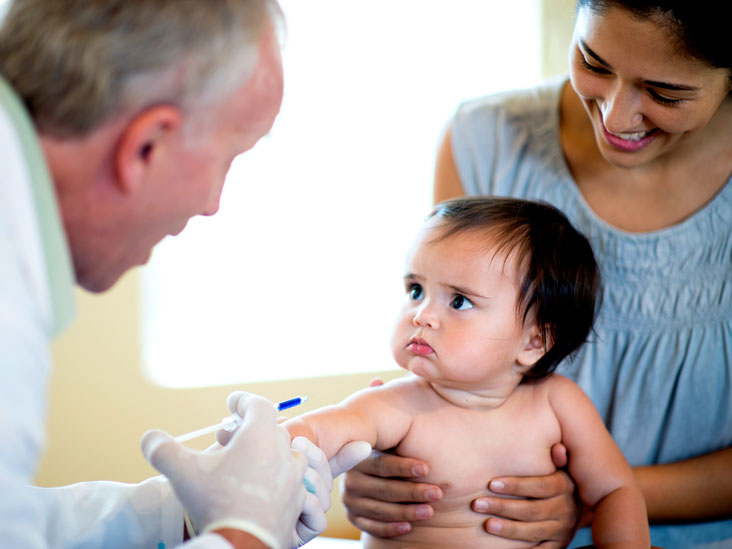
Clinic patients age
You can contact the clinic with children from birth to 18 years. At the same time, pregnant women who have been diagnosed with complications of fetal development are assisted here. A visit to the pediatrician is also planned for expectant mothers of healthy babies. The doctor should carry out explanatory work with the woman on the procedures for caring for the newborn, and advise her on natural feeding. Upon reaching the age of majority of the patient, the pediatrician transfers him to the therapist, draws up all the required medical documentation.
We examined the structure and functions of the children's clinic.
